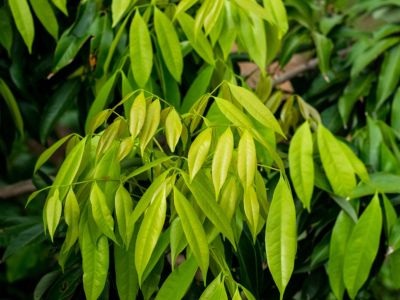Pests of Lychee Trees
The lychee tree is handsome with its dense, round-topped canopy and large, glossy leaves. The tree grows slowly, but it gets both tall and broad in the right location. Flowers are tiny and greenish, and arrive on branch tips in clusters up to 30 inches (75 cm.) long. These develop into loose, drooping clusters of fruit, often a bright strawberry red but sometimes lighter pink. Each has a thin, warty skin that covers the succulent, grape-like fruit. As the fruit dries, the shell hardens. This has led to the nickname of lychee nuts. The fruit is definitely not a nut though, and the inner seed is inedible, at least to us. Insect and animal pests feed on this tree and its fruit.
Controlling Bugs That Eat Lychee
In areas where lychees are grown, the leaf-curl mite is probably the most serious pest that consumes lychee leaves. It attacks the new growth. Look for blister-like galls on the top side of the foliage and a wooly covering on the underside. In the United States, this mite has been wiped out. In China, the worst of the lychee tree pests is a stinkbug. You might be able to recognize it by the bright-red markings. It attacks young twigs, often killing them, and the fruit growing on them falls to the ground. Lychee pest management in this case is simple: shake the trees well in winter. The bugs will fall to the ground and you can collect and dispose of them. Other lychee tree pests attack the tree’s flowers. These include several types of moths. Scale bugs can attack the stems and, if enough are present, you may see dieback. The larvae of both diaprepes root weevils and citrus root weevils feed on lychee tree roots. In Florida, insects are not the only pests of lychee trees. Birds, squirrels, raccoons, and rats can also attack them. You can keep birds at bay with thin metallic ribbons hung on the branches. These gleam and rattle in the wind and often scare away the birds.
